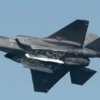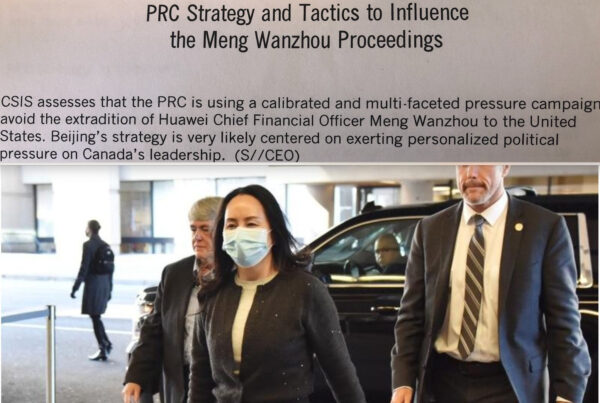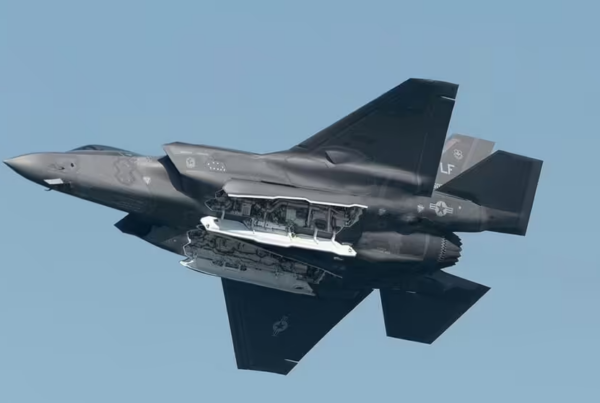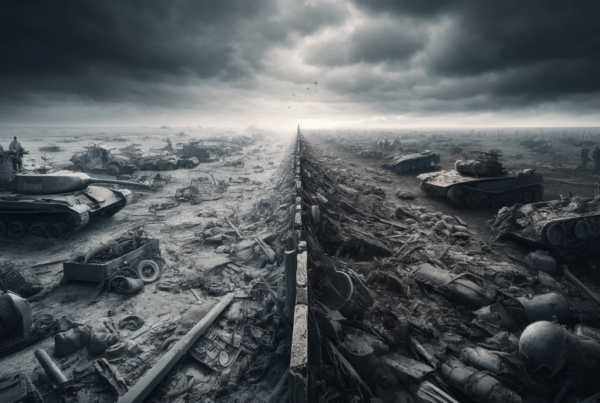Projected cost of new equipment over 20-year period has risen to nearly $215 billion, assessment shows
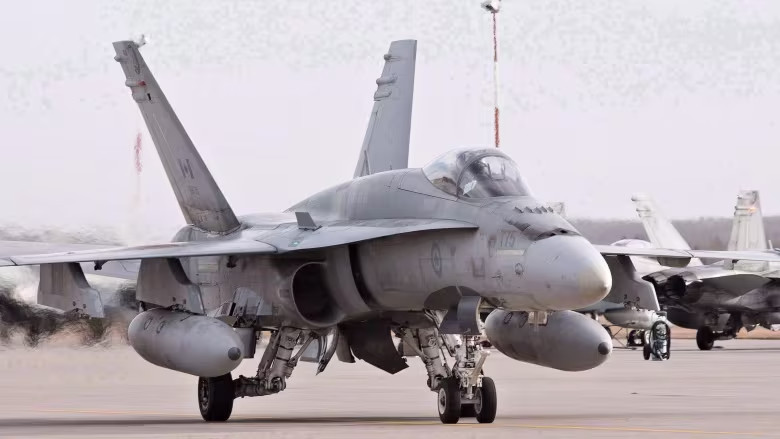
The PBO says the cost of the defence policy is rising in part due to delays in purchasing new equipment, such as fighter jets to replace Canada’s aging CF-18s. (Jason Franson/Canadian Press)
(Written by Murray Brewster. Originally published here in CBC, republished with permission.)
The cost of the Liberal government’s nearly seven-year-old marquee defence plan has jumped by over $50 billion — mostly due to anticipated work on modernizing continental defence and delays in projects that should be underway — the federal budget watchdog said Wednesday.
The Office of the Parliamentary Budget Officer released an update to its projections for the impact of Strong, Secure and Engaged, the 2017 defence policy document.
The new assessment shows the projected cost of purchasing new equipment under the plan over a 20-year period has increased to $214.8 billion, up from the PBO’s previous assessment of $164 billion.
When the federal government initially laid out its plan, it did not include the projected cost of modernizing NORAD. In 2023, then-Defence Minister Anita Anand announced that Canada would invest over $38 billion in improving aerospace and maritime defence alongside the United States.
Those figures are now folded into the PBO’s estimate, along with $12 billion attributed to the rising cost of new equipment — brought on in part by delays in acquiring new fighter jets, frigates and drones.
“The combined effect of the introduction of the new NORAD capital and the delays in reprofiling of certain pre-existing projects results in a high and sustained level of capital spending, with planned capital expenditures for each fiscal year after 2022-2023 reaching at least $10 billion annually,” the PBO report said.
In its previous analysis in 2022, the budget officer projected that the balance of equipment purchases was equally weighted over the 20-year lifespan of the policy. Now, the PBO says, $62 billion of the expenditures will land in the last 10 years of the policy’s lifespan.
The report notes that since 2017, the government has not spent roughly $12 billion earmarked for equipment purchases — projects that are now pushed off into the future.
The substantial acceleration in capital spending “raises questions about the ability of the government to manage increased procurement activity,” said the report.
It also raises concerns about whether the Canadian defence industry can ramp up production to meet the demand.
One aspect not addressed in the PBO report is the fact that the Liberal government is in the process of revising the defence policy in response to the Russian invasion of Ukraine.
The revised policy has not yet been released, even though it was ordered on an urgent basis two years ago to address heightened international tensions.
There have been calls from some quarters to increase ammunition production and suggestions that that navy will need to replace its submarine fleet — projects not included in the cost of the original defence policy.
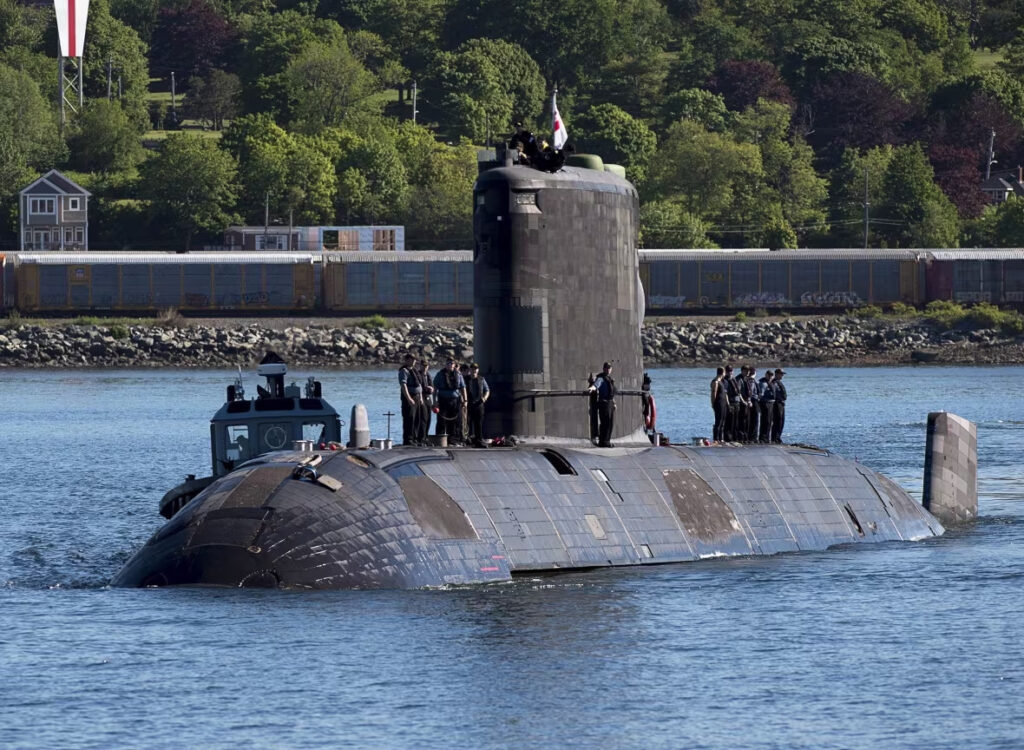
HMCS Windsor, one of Canada’s Victoria-class long range patrol submarines, returns to port in Halifax on June 20, 2018. (Andrew Vaughan/The Canadian Press)
Dave Perry, president of the Canadian Global Affairs Institute, said there are other significant concerns related to the economy and supply chain issues, and how they affect defence purchasing.
“The ongoing delays in implementing are exposing defence to major impacts from inflation, which I think is an under-recognized, serious problem for DND,” said Perry, a leading military procurement expert whose organization has hosted conferences that are occasionally sponsored by defence contractors.
“I’ve been told defence-specific inflation numbers have been running somewhere around 17 per cent, as opposed to the consumer price index which last month is running at 2.9 per cent. So project delays, which were always a problem from an affordability standpoint, are now much more so.”
Defence-specific inflation is calculated using inputs that are specific to the construction of military hardware.
Perry also said he wasn’t surprised by the $50 billion increase in the overall cost projection. He said the modernization of NORAD involves “real money” and the federal government “totally buried” the estimate by not including it the original policy statement.


